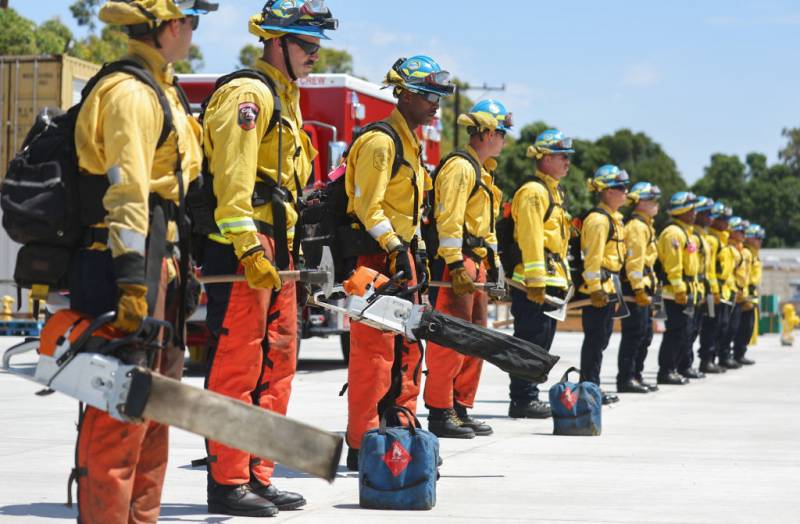Rimer, of the Forestry and Fire Recruitment Program, said California should automatically expunge records of eligible formerly incarcerated people, much as it does for those convicted of antiquated marijuana crimes. And, she added, it should include their entire criminal record.
“I think it spearheaded opportunity for people, but I don’t think it’s good enough,” she said of the current expungement law.
The law’s author, Assembly Majority Leader Eloise Gómez Reyes, a Democrat from San Bernardino, has been struggling ever since the measure took effect to find out how many formerly incarcerated people it has helped. She said many beneficiaries of the program have contacted her office to praise “the life-changing impact of the legislation.”
CDCR informs eligible incarcerated people about the law but doesn’t track expungements, said department spokesperson Tessa Outhyse. Cal Fire, the court system and the state Department of Justice also couldn’t say how many have had their records expunged.
In another effort, California in 2018 created a training program to help formerly incarcerated people get hired professionally.
The 18-month program is run by Cal Fire, the California Conservation Corps, the state corrections department and the nonprofit Anti-Recidivism Coalition at the Ventura Training Center northwest of Los Angeles.
Participants spend six months on life skills and firefighter training and the next year fighting or preventing fires and doing other community service, for which they are paid $1,905 a month. The center has 60 participants, working on four fire crews.
In four years the program has cost over $29.5 million, but has had just 106 graduates.
Nearly all found a professional job: Ninety-eight are with Cal Fire, and three are with other agencies, including the Orange County Fire Authority and the U.S. Forest Service, according to CDCR officials. Cal Fire provided slightly different figures.
But they’re the fortunate ones among the 277 who have participated since the program’s inception. Another 111 participants, or 40%, left before completing the program, said Outhyse.
Climate change is making wildfires more frequent and destructive, so the shortage comes at a time when demand for wildfire crews is on the rise.
And the state is turning more to professional wildland firefighters, largely because incarcerated crews are less available due to the growing number of lower-level incarcerated people who have been released early in recent years — the result of voter initiatives and measures to stem COVID outbreaks.
This August, about 1,670 incarcerated people are in fire camps, doing work such as cooking and laundry, down about 40% from August 2019. CDCR was budgeted for 152 crews this year, but fielded just 51, each with about 15 to 18 firefighters.
With fewer incarcerated crews, California is relying more on other agencies, including the conservation corps, and is creating what officials are calling the first all-hazards fire engine strike team, which is operated by a state National Guard unit, and can respond both to wildfires and urban blazes.
“We’ve recognized for a few years now that due to early release, due to COVID, a number of other reasons, we have to do something,” said Battalion Chief Isaac Sanchez, a Cal Fire spokesperson.
An earlier version of this story misstated the U.S. Forest Service and Interior Department firefighter shortage in California. It is about 650, not 1,000.
Gabe Stern, of The Associated Press/Report for America Statehouse News Initiative, contributed to this story from Reno, Nevada.

